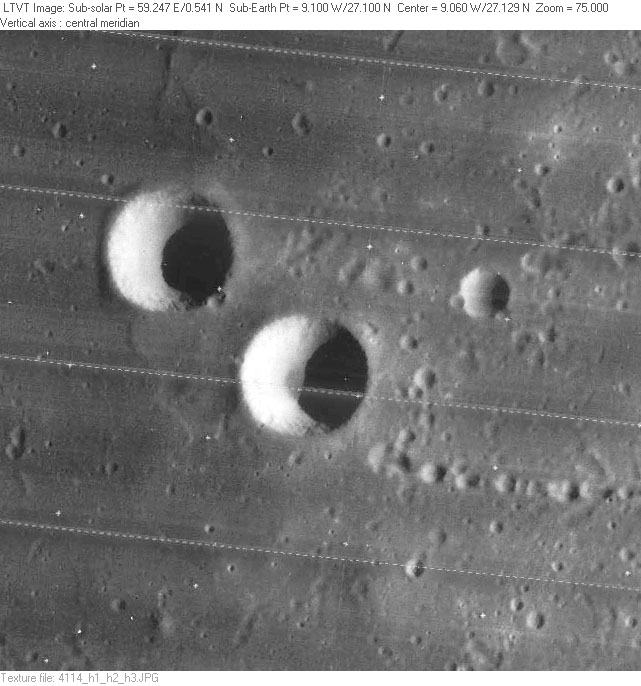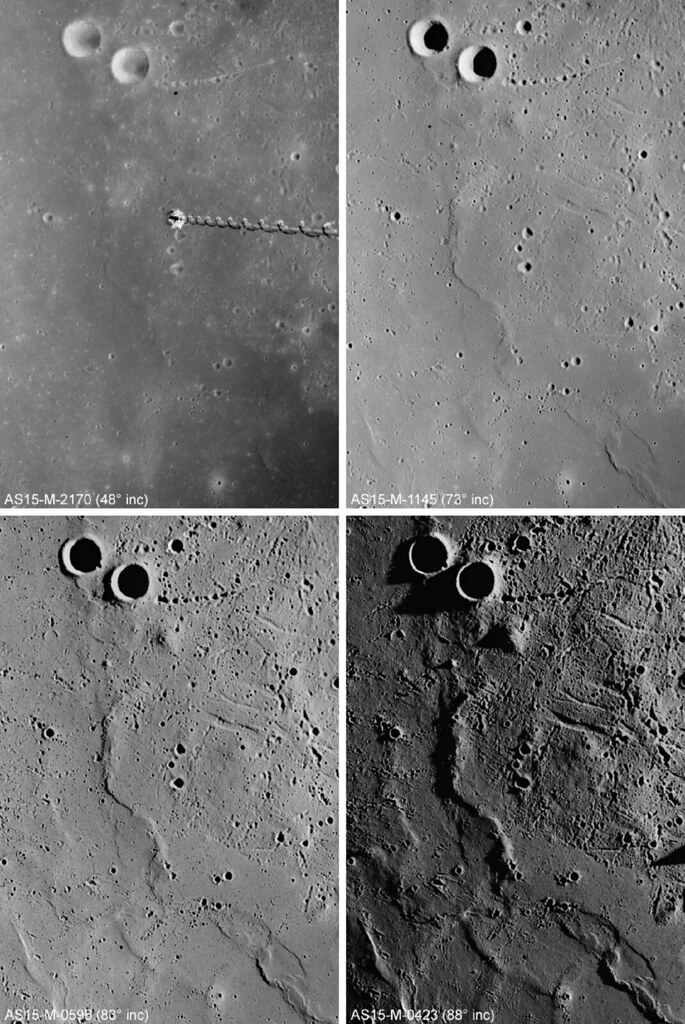
So this is an interesting bit of ephemera. There’s a crater on the Moon that is named “Beer.” I’d like to think it was named for the beverage, but unfortnately that’s apparently not the case. That would have made for a better story, but c’est la vie. Instead, there was a German amateur astronomer who it was named for. The crater in the center is one the called “Beer.” The other big one, in the upper left, used to be called “Beer A” but is now known as Feuillée. The string of smaller craters (known as “craterlets”) in a line to the east-southeast of “Beer” used to be called “Fossa Archimedes” but it’s been suggested they should be called “Catena Beer,” and it seems to be catching on.
Here’s how the name came about:
- Named for Wilhelm Wolff Beer (January 4, 1777 – March 27, 1850), a banker and astronomer in Berlin, Germany. Beer built a private observatory with a 9.5 cm refractor in Tiergarten, Berlin. Together with Johann Heinrich Mädler he produced the first exact map of the Moon (entitled Mappa Selenographica) in 1834-1836, and in 1837 published a description of the Moon (Der Mond nach seinen kosmischen und individuellen Verhältnissen). Both remained the best descriptions of the Moon for many decades.
- Beer was Catalog Number 1185 in the original IAU nomenclature of Named Lunar Formations. The designation is attributed to Birt, and had earlier been adopted by Neison, 1876 (where the designation Beer A is used for what is now known as Feuillée, differing from the modern usage of Beer A for the much smaller crater selected in Named Lunar Formations). Schmidt is said there to have called this feature Hamilton (unrelated to the modern Hamilton) and to have used the name Beer for the crater now known as Rosse. However, Schmidt himself says that his personal preference since 1856, based on the Lohrmann maps (which he edited), was to call the present crater pair Beer and Mädler, but he changed these to Hamilton and Feuillée in his 1878 book in an effort to be consistent with the English observers.
- In his 1880 article, Neison equates Schmidt’s 1878 Hamilton and Feuillée to his 1876 Beer and Beer A and the British Association’s Beer and Mädler.
The Planetary Society has an interesting post where they show an experiment of taking photos of the moon “under different solar illumination conditions.” The NASA photos are all of the craters Beer, Feuillée and the craterlets Fossa Archimedes, which are also known as “Catena Beer.”


